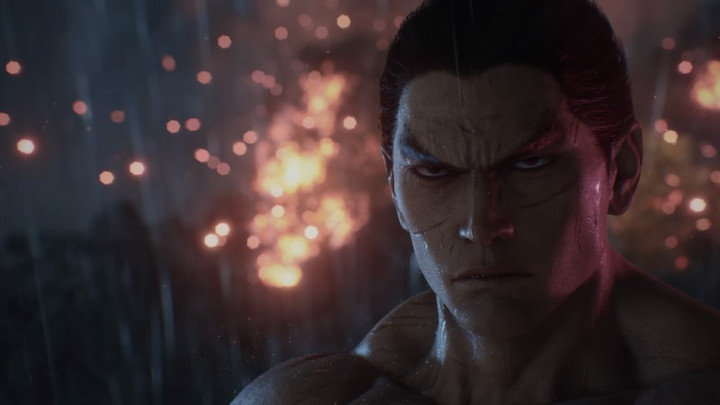We’re seeing some really beautiful games announced this year, but how are they going to look to future generations of gamers?
With the reveal of the new graphical advancements available to developers thanks to the latest version of the Unreal Engine, we’re seeing some stunningly attractive games planned for the near future, but are graphics really the most important thing to consider when making a game, and should we really be trying to make games look as realistic as possible?
Sure, we can point at something like the latest Kingdom Hearts 4 trailer and say that games will never get more realistic or beautiful, but weren’t we also saying the same thing back in 1997 when Final Fantasy 7 wowed audiences with stunning cutscenes and cutting-edge visuals?
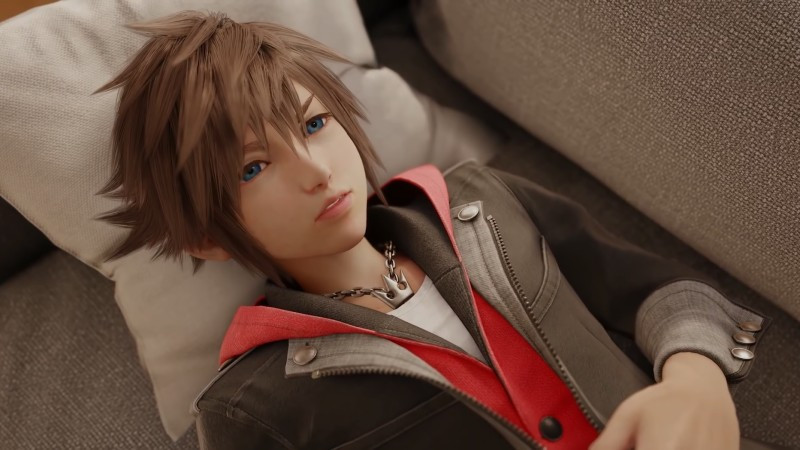
What’s beautiful at the time isn’t always guaranteed to age like a fine bottle of Bordeaux, sometimes it’s less a delicious wine and more a pungent vinegar after a few decades.
So how can a game age more gracefully and stay relevant in the years to come?
We think the answer lies in a strong artistic style that’s chosen to suit gameplay, rather than simply more horsepower and shiner surfaces.
Don’t believe us? Have a look at our reasoning below and let us know what you think.
It might sound basic…
Describing an art style where images are built of individually colored pixels on screen, pixel art was a dominant art style during the 1970s’, 80’s, and early 90’s, with games for platforms like the Amiga and consoles like the Sega Mega-Drive and even the Playstation utilizing the technique to create many of their worlds and characters.
But pixel art is pretty basic, as far as art styles go, right?
Well, it also helped to define some of our favorite games which still stand the test of time and look incredible today.
Take this blue hedgehog for example, who we still think looks pretty darn snazzy!
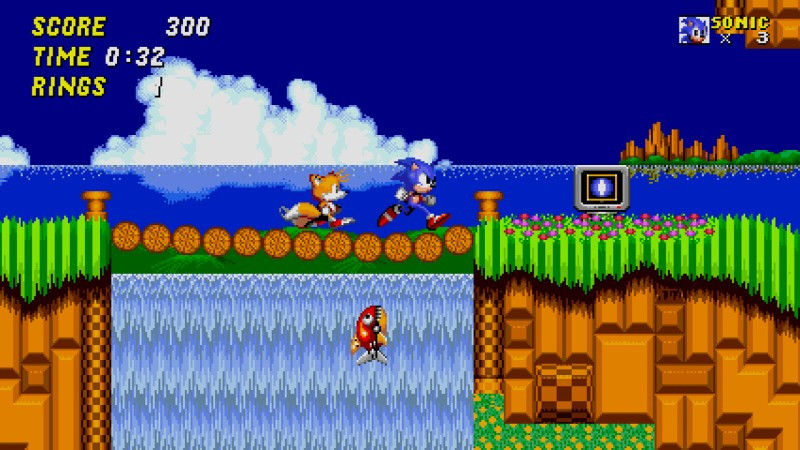
It’s easy to forget that Sonic The Hedgehog 2 was released back in 1992, especially when you compare this with some other games released in the same year (we’re looking at you, Make My Video: Marky Mark and the Funky Bunch!)
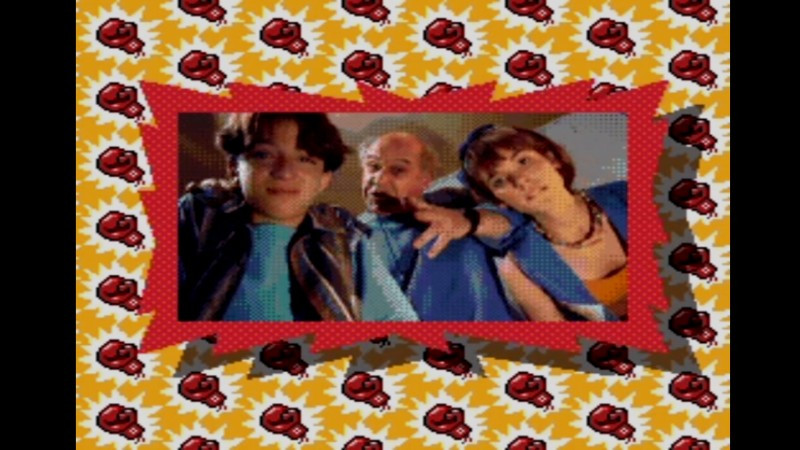
It looks like quite a few people agree with us too, with pixel art making a resurgence in several modern-day bestsellers, like Stardew Valley and Coffee Talk.
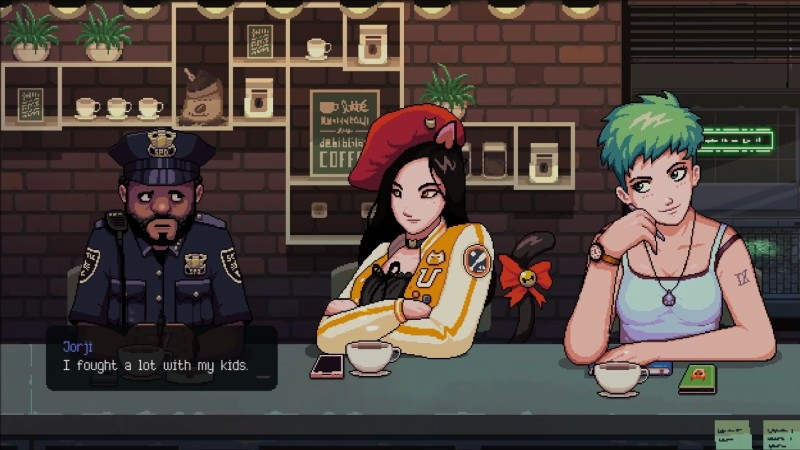
The point we’re making is that you can do a lot without breaking the bank or pushing a platform to its limits.
Some of the best games were made without burning out a single graphics card!
Consider the graphical style alongside the gameplay development process
This sounds like a bit of a no-brainer, but in reality, it's something that’s often overlooked.
For example, if you were to create a new game, using the latest engine, you’d want the player to be able to rotate the camera to really get the most out of the rooms and areas you’ve created, right?
And you’d want the characters to look as close to realistic as possible, wouldn’t you?
Not necessarily. Take Luigi’s Mansion 3, released on the Nintendo Switch back in 2019 on the Nintendo Switch.
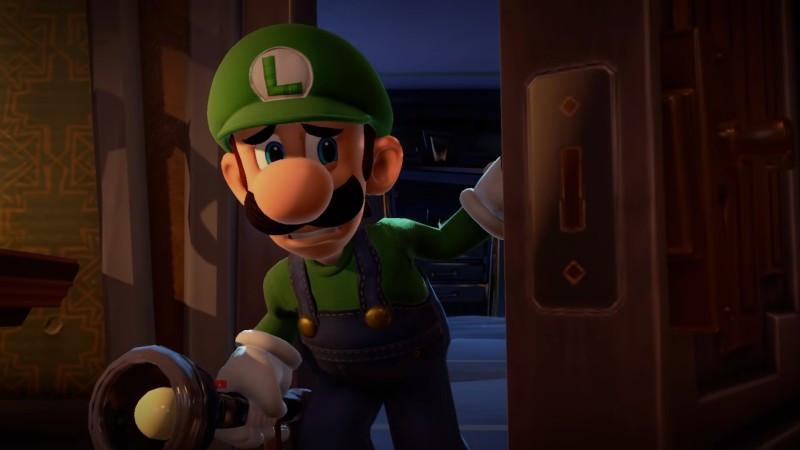
Due to the nature of the Switch as a console, it’s almost impossible to get the same level of graphical fidelity as a PC or PlayStation 5, which is why developers need to get creative and thoughtful about their choice of art style.
As described here in a brilliantly detailed video by GameXplain, the developers, Next Level Games, chose to have the camera fixed in a specific place, removing some control from the player in order to allow for more complicated decisions that look both beautiful and in keeping with the almost cartoonish universe of previous Mario and Luigi titles.
What’s the result?
A beautiful title that we think will stand the test of time.
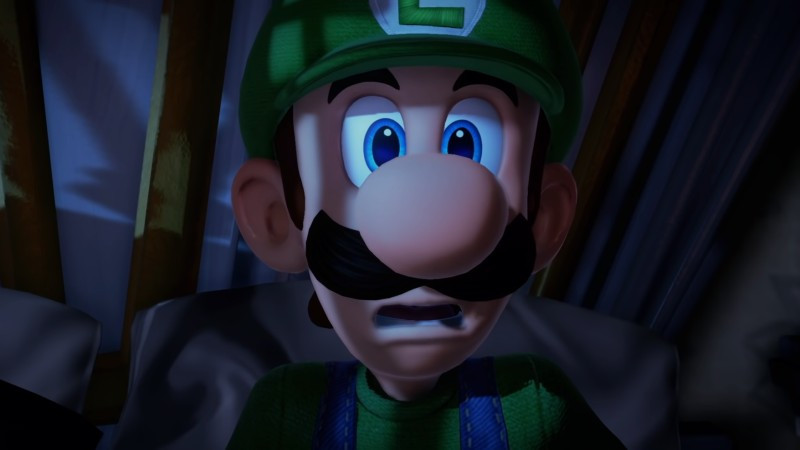
Considering the ways in which players will interact with your games and the style of play could help you to keep them keen years later!
We need to learn more about the design process as a whole
Let's be honest, our own standards are pretty high when it comes to what we expect from video games in this day and age.
With titles like the recently announced Tekken 8 and Forza Horizons regularly raising our expectations, we’re all getting more and more used to seeing graphical advancement slowly reducing the gap between the virtual and the real, so maybe our own experiences and knowledge of the gaming industry is the real problem that causes games to age so rapidly.
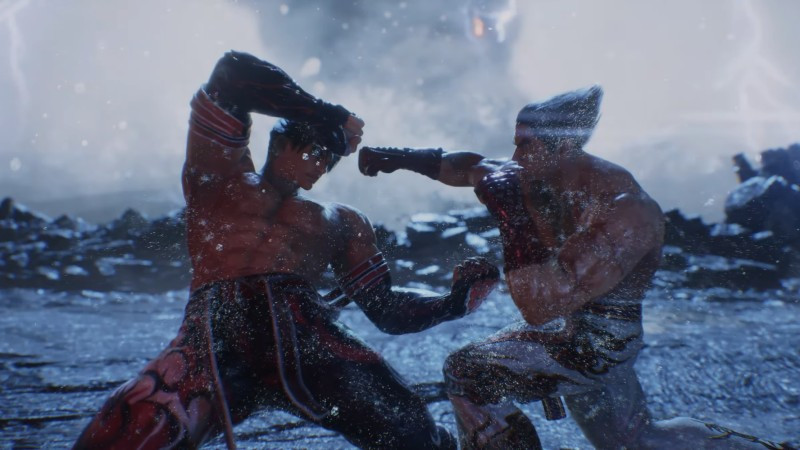
So how can we look past our own biases and enjoy a game for what it is, rather than what it isn’t?
Considering the situation and circumstances surrounding developers during a game’s period of development can really help us to appreciate and admire the end result.
- Is Metal Hellsinger On Xbox Game Pass?
- Metal Hellsinger PC Specs - 30 & 60 FPS Requirements
- 5 Games That’ll Help You Channel Your Inner Ghoul This October
- Disney Dreamlight Valley Cooking Guide - All Recipes List
We can’t expect the same kind of results from smaller developers as we can from huge companies that have already cut their teeth on titles in the past, so maybe the solution isn’t to abandon one direction or the other, but instead for us to learn more about the process as a whole.
Maybe what we really need is more information from developers and producers, telling us the stories and information behind the development process, including the issues they faced using the technology available and the problems they overcame to produce a working title.
So what do you think?
Would you want to know more about the game development process?
Do you think certain styles suit games more than others, or do you think we should continue to chase the most realistic graphical depictions possible?
For more information on the latest games, news, guides, and more, check out our dedicated video game section.
Featured image courtesy of Bandai Namco Entertainment America

 No ads, our video library,
No ads, our video library,
